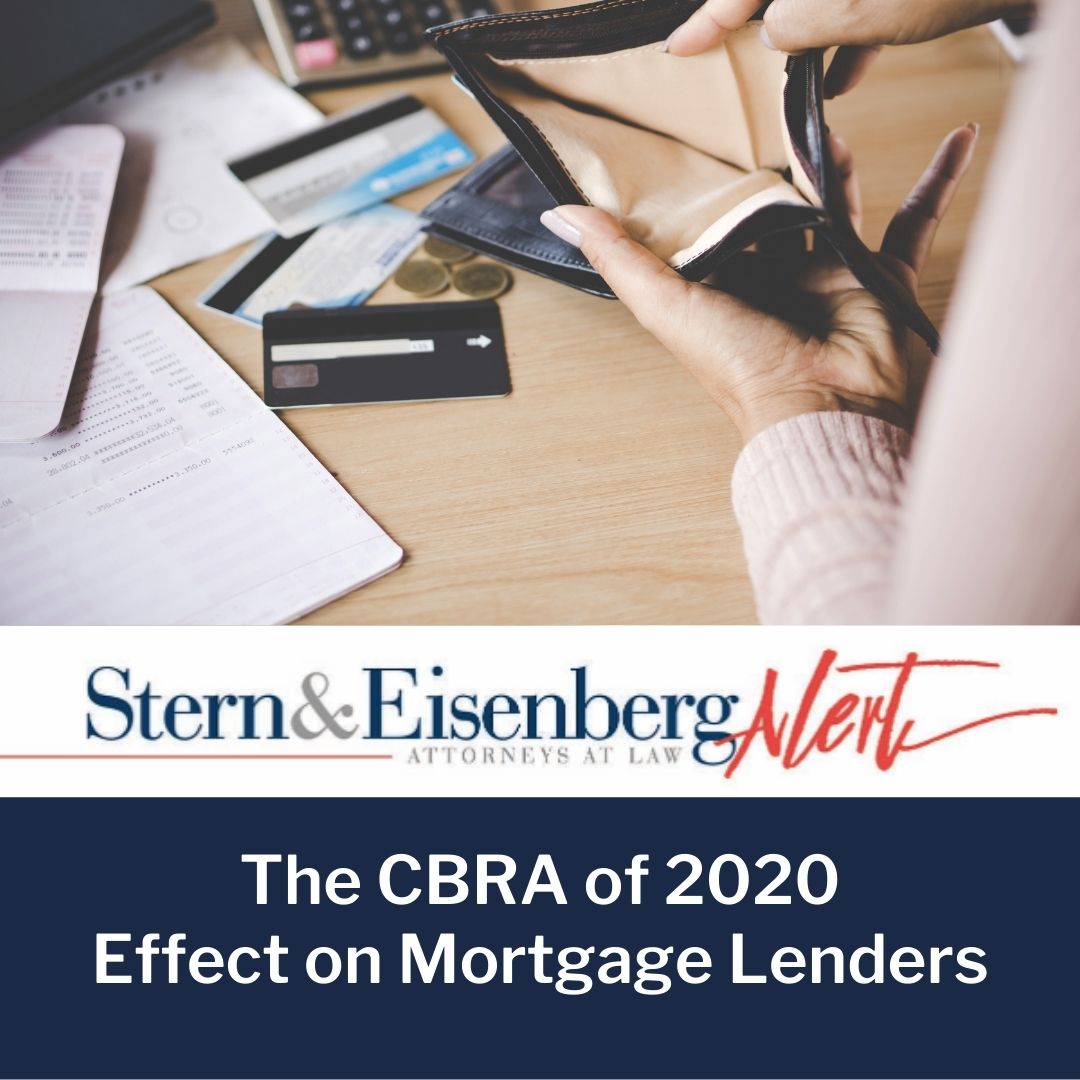
The Consumer Bankruptcy Reform Act (CBRA) has been introduced by several Democratic senators as the first major bankruptcy reform since 2005. CBRA presents as a robust and ambitious bill that seeks to reform the bankruptcy structure as a whole.
The CBRA proposes a new chapter 10 and eliminates chapters 7 and 13 entirely. Chapter 10 will have a minimum payment obligation based on income and a graduated percentage of income exceeding 135% of the state median income. Debtors who have no payment obligation will be entitled to an immediate discharge of eligible debts. An immediate discharge could be beneficial to mortgage lenders as the automatic stay is lifted upon discharge. This would eliminate the need for Motions for Relief from the Automatic Stay in a no payment obligation case as opposed to a chapter 7 discharge, which can take months.
Debtors who do have a payment obligation are able to structure their repayment plan similarly to a chapter 13, but there are some major changes to the treatment of creditors. First secured mortgage debt is handled under a “residence” or “Property Plan”. At first glance this sounds like the current chapter 13 plan. It is not. Under a chapter 10 Property Plan debtors can change the terms of their secured obligations. A Chapter 10 debtor can adjust interest rates, amortization schedules, cure a default, and cram down the loan without restriction. Essentially debtors will pay lenders the value of the lien, at the till interest rate, and can pay well past the maturity date of the loan. Terms of the mortgage will not be honored in a chapter 10 and mortgage creditor’s rights will be substantially impaired. Creditors be prejudiced, Courts will be inundated with adversary pleadings to strip and cram down mortgage loans, and every adversary will be contested as to value. Ultimately, debtors and lenders will be spending significant fees to litigate the modification of a secured lien.
Second, in a chapter 10 a debtor can default on their modified mortgage payment and a mortgage creditor cannot initiate a Motion for Relief from Stay until the debtor is 120 days delinquent. The Mortgage lender will be forced to wait, while the debtor is incurring more fees for non-payment. Most defaults are resolved amicably with a repayment stipulation within the first 2 months of a default. The higher the arrears amount, the harder it is for the debtor to resolve.
Lastly, the CBRA gives the CFPB authority to appear in any bankruptcy case to enforce any of its prohibitions on unfair, deceptive, and abusive practices. This creates another layer of protection for a debtor. Debtor protection is necessary, however mortgage creditor requirements regarding statements, payment changes, escrow changes, and RESPA are often perceived by debtor’s as violations of the CFPB and the automatic stay. The CBRA does not indicate what protections are being used to ensure false or frivolous claims are not being made causing mortgage lenders to have to defend themselves and waste resources.
The CBRA has some interesting changes that could prove beneficial and cost effective to mortgage lenders. However, the majority of the proposed provisions lean heavily to benefit the debtor without any apparent regard for creditor rights and the prejudicial effect the CBRA will have on creditors. Creditors’ rights have consistently been impaired as the Bankruptcy Code has changed and reformed. The CBRA’s proposed provisions are no different and are more impactful than any other Bankruptcy reformation.
